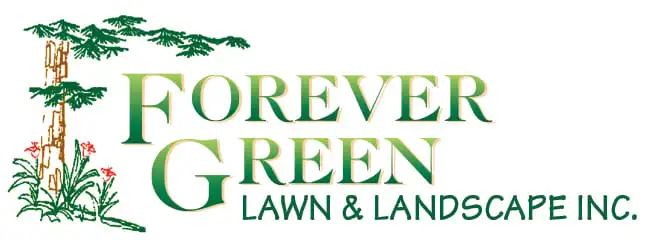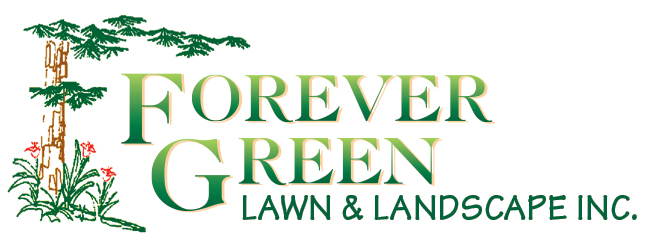Most people are under the distinct impression that winter means the death or dormancy of their favourite plants and grass species, but that’s not necessarily true. Cool season grasses are especially formulated to withstand below freezing temperatures and harsh winter weather conditions. Their seeds should be scattered in the fall to allow for optimal germination throughout the cold months and they can thrive all winter long and well into the spring. Cool season grasses make winter lawn care and maintenance simple, but they’re also ideal for people who don’t want to do too much gardening in the summer months either because they usually go dormant once the warm weather hits.
Keep reading to learn more about cool season grass and how to care for them.
What Are Cool Season Grasses?
As the name suggests, cool season grasses are grass varieties that thrive in cool temperatures. The ideal ground temperature for planting cool season grasses is anywhere between 15 and 21 degrees Celsius. This is usually in the early to mid-fall season, but any time after that when there’s no snow on the ground is also acceptable. Since many parts of Canada experience fluctuating weather conditions ranging from extreme heat to extreme cold throughout the year, optimal grass varieties tend to vary on a regional basis.
What Are the Different Types of Cool Season Grasses in Canada?
Canada is known for having several varieties of cool season grasses that are highly adaptable given the distinct climates in each province and territory. Every variety of grass has its own set of unique lawncare and maintenance specifications to guarantee healthy and fruitful germination and longevity. But one of the most important elements to growing and maintaining healthy grass is dedication, especially in the beginning stages. Newly planted grass seeds require meticulous daily care. As an important winter lawncare rule of thumb, you should definitely wait until after you’re back from a lengthy vacation or business trip before resolving to plant new grass seed. Like other grass species, cool season grasses need to be watered daily and trimmed at least once a week to germinate properly.
Of course, they all have unique care requirements that should also be carefully followed. Here are a few different types of cool season grass that are commonly grown in Canada:
Kentucky Bluegrass
Don’t let the name fool you; Kentucky bluegrass is actually very common on this side of the border just as much as it is in the cool season and transition zones of the United States. In fact, it’s usually the main ingredient in most grass seed mixtures. One of the biggest selling points about Kentucky bluegrass is that it has a unique blue-green tint to it and it can withstand intense temperature ranges, which makes it perfect for most Canadian climates.
Kentucky bluegrass thrives under complete exposure to the sun, but it can also survive being planted under shade as well. That’s why many professional landscapers use it for residential and commercial properties. Due to its shallow root system, they also advise that Kentucky bluegrass be watered regularly and that the soil is thoroughly drained without completely drying it out so that the roots have room to expand. Kentucky bluegrass can also survive high traffic areas on your lawn because of its aggressive spreading abilities, so you don’t have to worry about any patchy or brown spots as long as you fertilize it on a regular basis.
Perennial Ryegrass
Unlike Kentucky bluegrass, perennial ryegrass doesn’t widely spread out. Instead, the grass seeds tend to stay in the places where they happen to land. Despite its limited spreading habit, though, perennial ryegrass has the ability to germinate quickly and seamlessly amidst pretty much any other existing grass variety. On top of that, perennial ryegrass also happens to work well under the pressure of high traffic areas of your lawn.
Perennial ryegrass is characterized by its dark green colour and the distinctive white tips of the grass blades after a mowing session.
Fine Fescues
Fine fescues come in four species varieties: Chewings fescue, Creeping red fescue, Hard fescue, and Sheep fescue. Creeping red fescue has slightly different elements than its counterparts in that it’s the only spreading species in this category. There are two types of Creeping red fescue—aggressive creeping type with strong rhizomes and slender creeping type with short rhizomes. Rhizomes are subterranean plant stems that have the ability to grow continuous horizontal stem systems.
The other three fine fescue species are classified as bunch-type grasses that flourish in shaded areas and are often included in cool season grass mixtures.
Tall Fescue
Tall fescue is another bunch-type grass, but the main difference is that it has a deeper and farther-reaching root system than fine fescue species. Another important signifier is that tall fescues have a high heat and drought tolerance, which means they’re more likely survive southern regions of the Canadian Prairies. These regions are typically the most susceptible to dry heat and drought in addition to colder temperatures. Plant breeders are constantly working to improve grass species and they’ve made great strides with tall fescues. The latest species iterations have much darker green hues and a richer texture than ever before.
Hire Local Winter Lawn Maintenance Professionals
As a family-owned and operated professional commercial and residential landscaping business in Toronto and the GTA, FOREVER GREEN LAWN & LANDSCAPE INC. understands why it’s important for homeowners to establish and maintain a healthy, beautiful lawn year-round. You want to be able to enjoy your outdoor space all through the year with your friends and family—and we believe that you should be able to do that! Contact us today to learn about our professional winter lawncare maintenance services!


